Food & Drink
At Maryland’s Only True Tea Farm, a Couple Faces the Ups and Downs of Harvesting Their Own Blends
Ten years after purchasing Heron's Meadow Farm in Woodbine, Lori and Bob Baker continue to develop their tea-growing skills in a challenging environment—but it's still their "little slice of heaven."
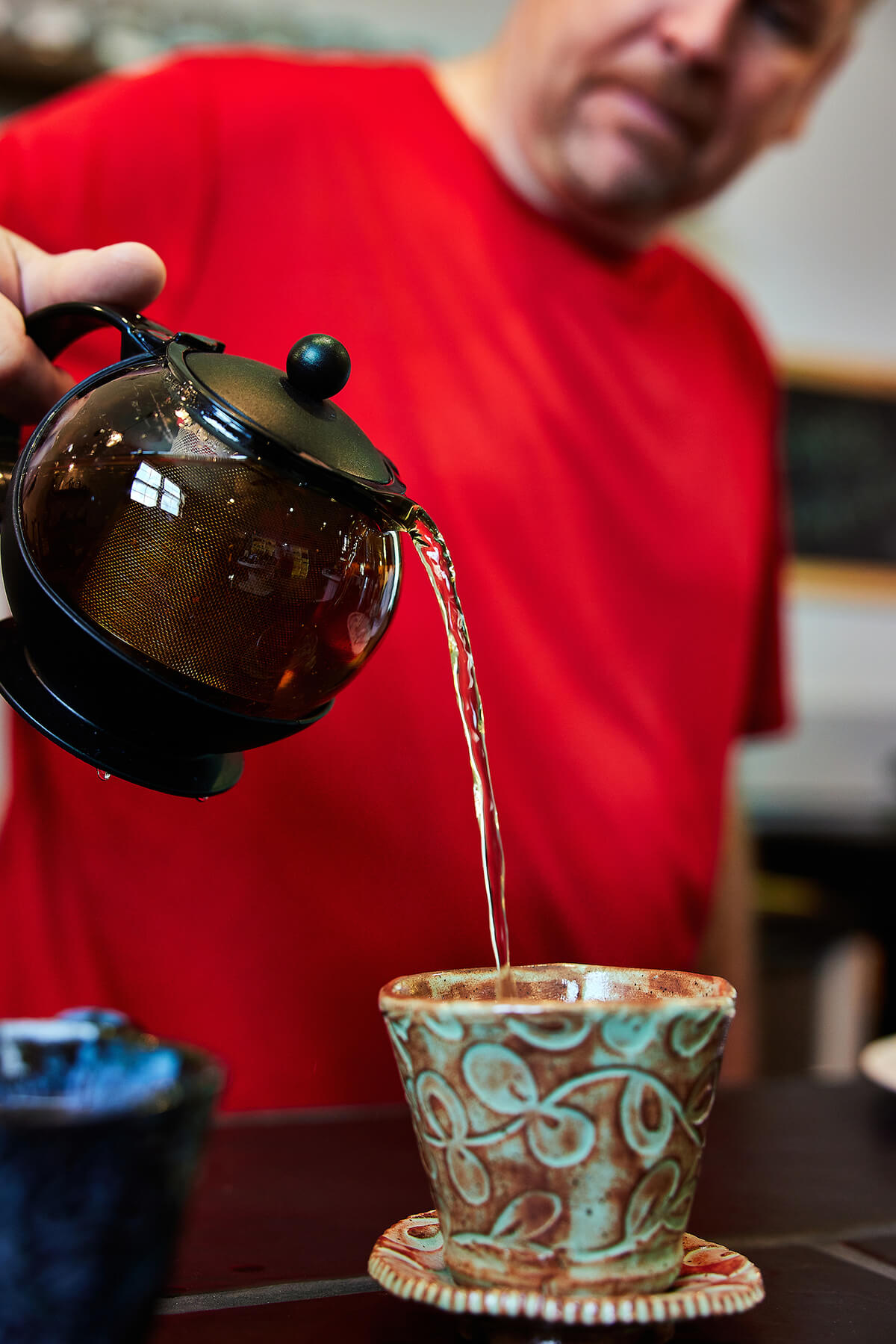
Life often reveals itself in strange ways. While on vacation in North Carolina, Howard County residents Lori and Bob Baker were sipping tea at a cafe when the proverbial tea leaves unveiled their future. They would grow tea—in Maryland.
The revelation wasn’t completely random. The couple had been contemplating an agricultural venture. Maybe grapes. Maybe a winery. Lori Baker, an electrical engineer for 30 years, had sold her Linthicum company and knew one thing for certain: She wanted to focus on farming for the next chapter of her life.
“I’ve always loved growing things, and I’ve always loved watching nature do its miraculous thing,” she says. “I feel at peace when I’m digging in the dirt or planting seeds and feel somehow connected to Mother Nature.”
Bob, a computer scientist, was more than happy to support her goal. “We’re sitting there eating our lunch, and it came to us,” he recalls. “We both like tea. I wonder if we can grow tea. Then we realized we had no idea what it means to grow tea.”
They also didn’t know they were about to head into uncharted territory as the state’s first tea farmers when they purchased Heron’s Meadow Farm in Woodbine in 2013.
“Each year, huge lessons have been learned,” says Lori, reeling off headaches like insatiable deer, plants crushed by snow, and dead seedlings. “Maryland is not an optimal climate.”
Now, 10 years later, as Lori and Bob continue to develop their tea-growing skills in a challenging environment, they are facing another battle. Lori, who is the farm’s main labor force while Bob works full-time for the government, found out that she needs a kidney transplant.
“I went through a grief process,” says Lori, who requires dialysis and gained almost 30 pounds of water after her kidney quit last November. “I felt like the Michelin man, waddling around. I’m still waiting for that April Fool’s thing.”
Lori, 61, is no stranger to transplants. She already had one kidney transplant when she was 36 after developing FSGS (focal segmental glomerulosclerosis), a rare type of kidney disease. Her brother was the donor then. She knew the donated organ wouldn’t last forever, but she still wasn’t prepared.
“I was chugging along really well and got a good life out of it,” Lori says. “It just shut down overnight.”
“I FEEL AT PEACE WHEN I’M DIGGING IN THE DIRT OR PLANTING SEEDS AND FEEL SOMEHOW CONNECTED TO MOTHER NATURE.”
As Lori and Bob, who is 47, spent months waiting for a kidney, he decided to see if he would qualify as a donor in a long shot attempt as a non-blood relative. The results left the couple shocked and excited. Bob turned out to be a match despite the odds being 1 in 100,000.
“The fact that I matched my wife was crazy,” Bob says. “But it made it a whole lot easier. I thought, ‘Let’s do what we need to do and get her healthy.’” They both have been going through various pre-operative tests since then while waiting for a surgery date.
When Lori talks about being a match with her husband of almost 10 years, she sums up their strong bond. “He’s just that kind of person,” she says. “He always says, I’ve got your back. He always does.”
It is a second marriage for Lori and Bob. Between them, they have three children: Lori’s adult sons, who are in their 30s, and Bob’s 18-year-old daughter, who attends the University of Maryland College Park. They were longtime friends who met on a job before later dating, then marrying. “We’re at different places in our lives,” Bob explains. “We worked together, and it grew from there.”
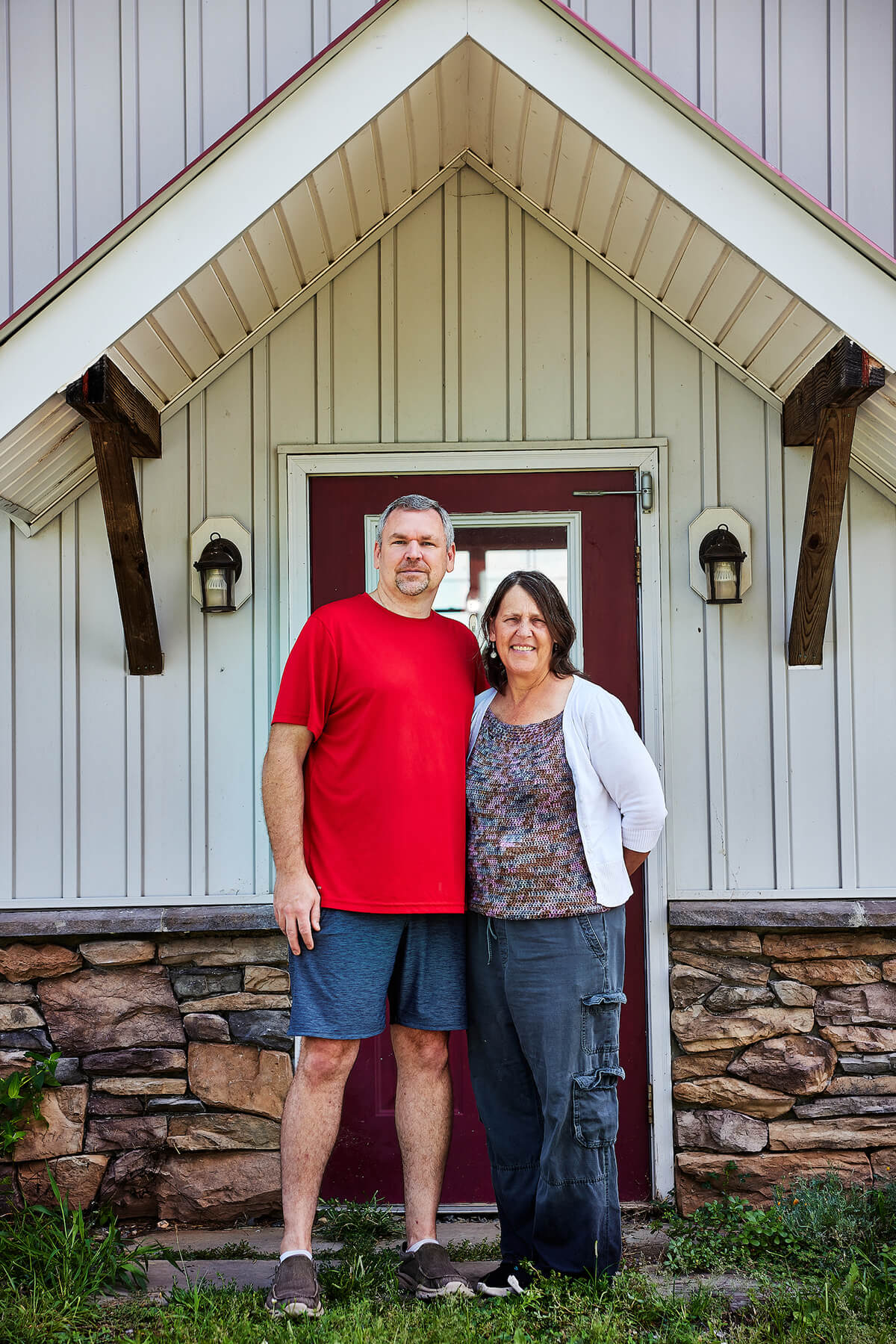
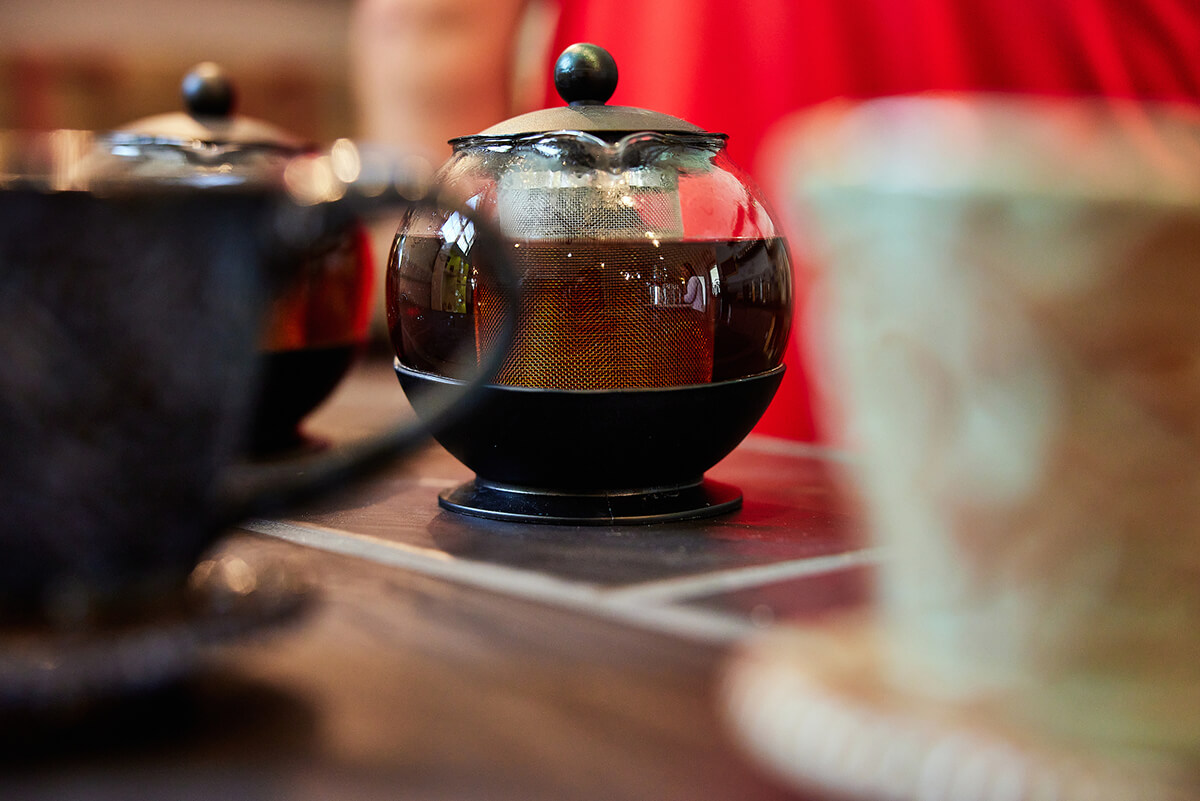
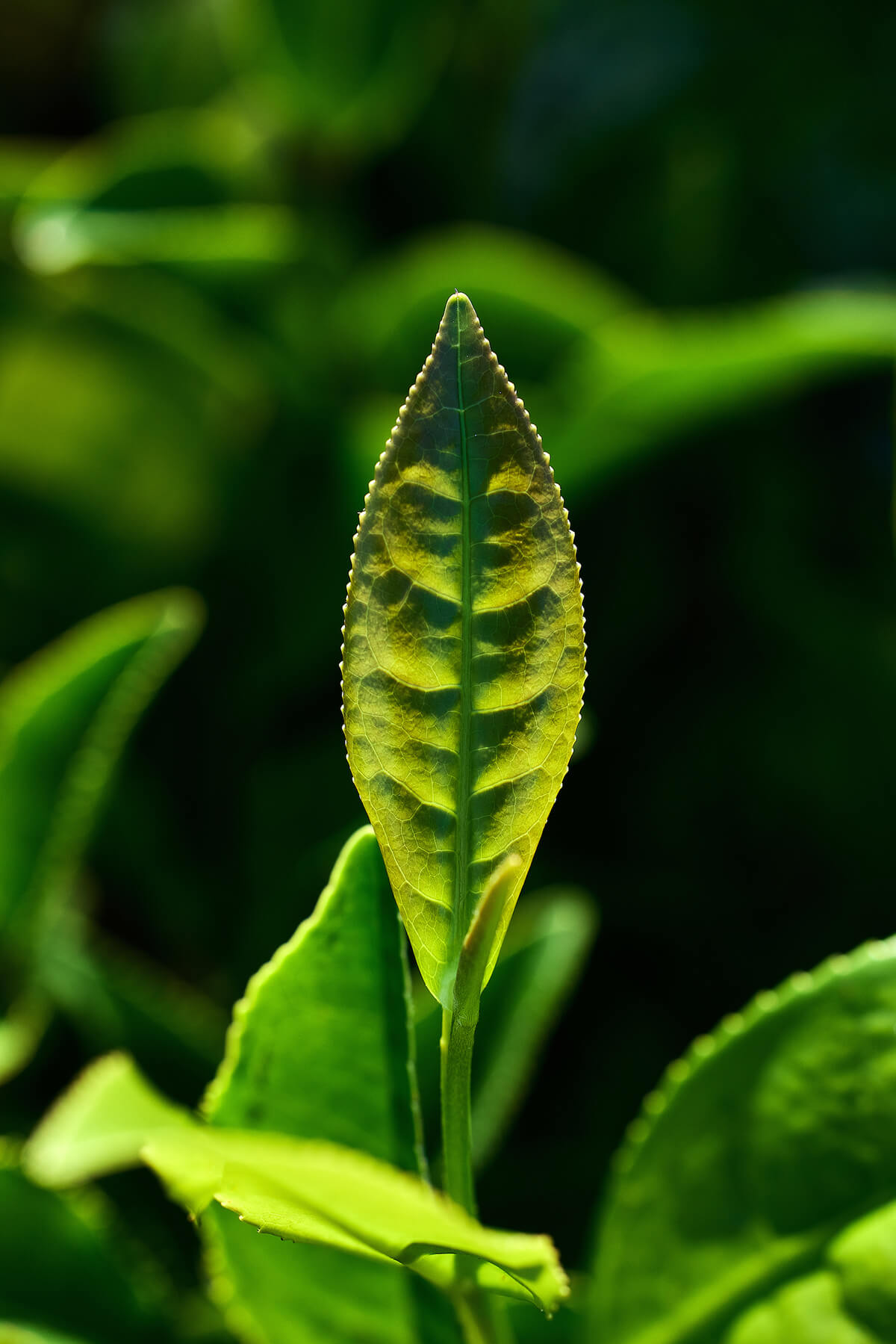
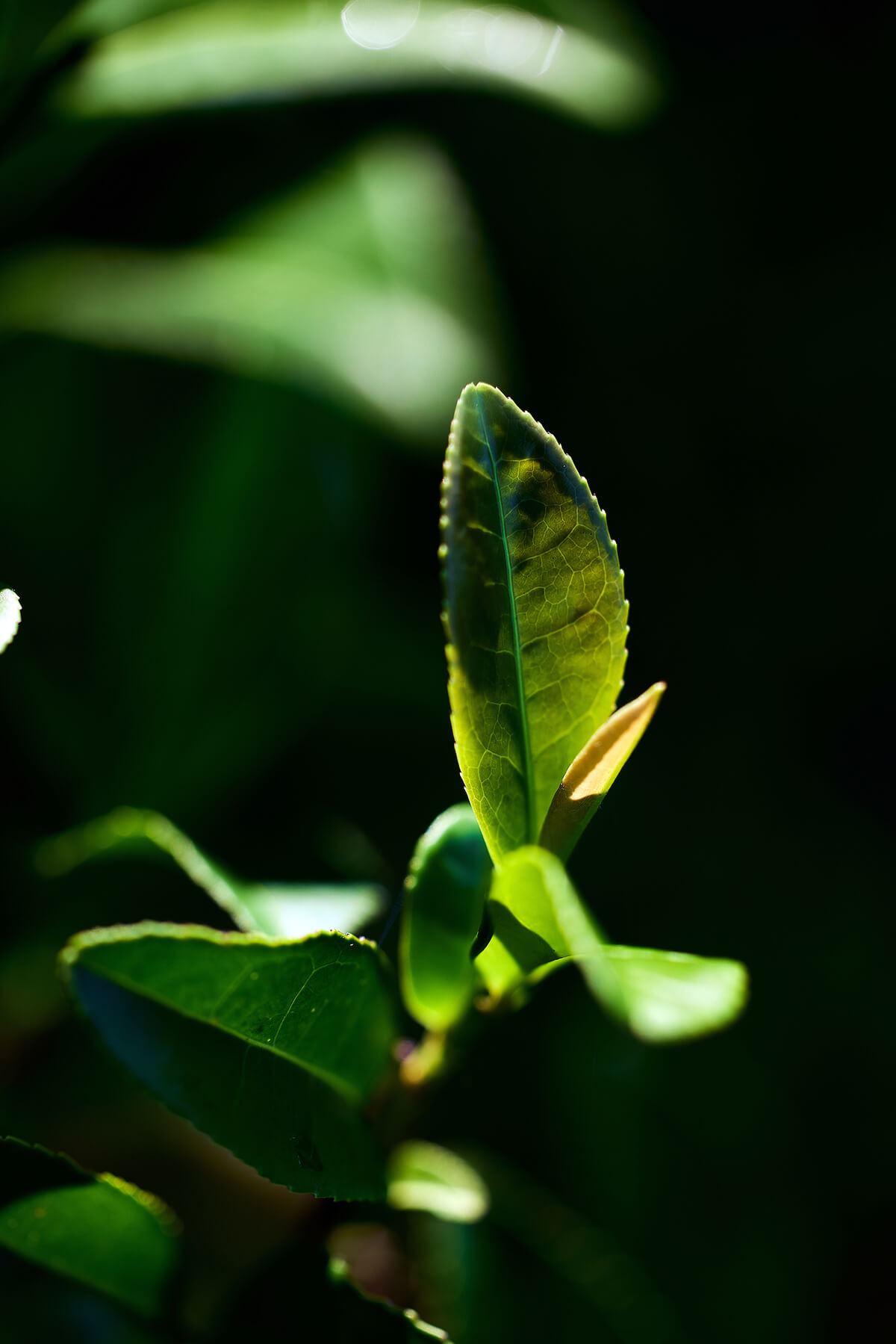
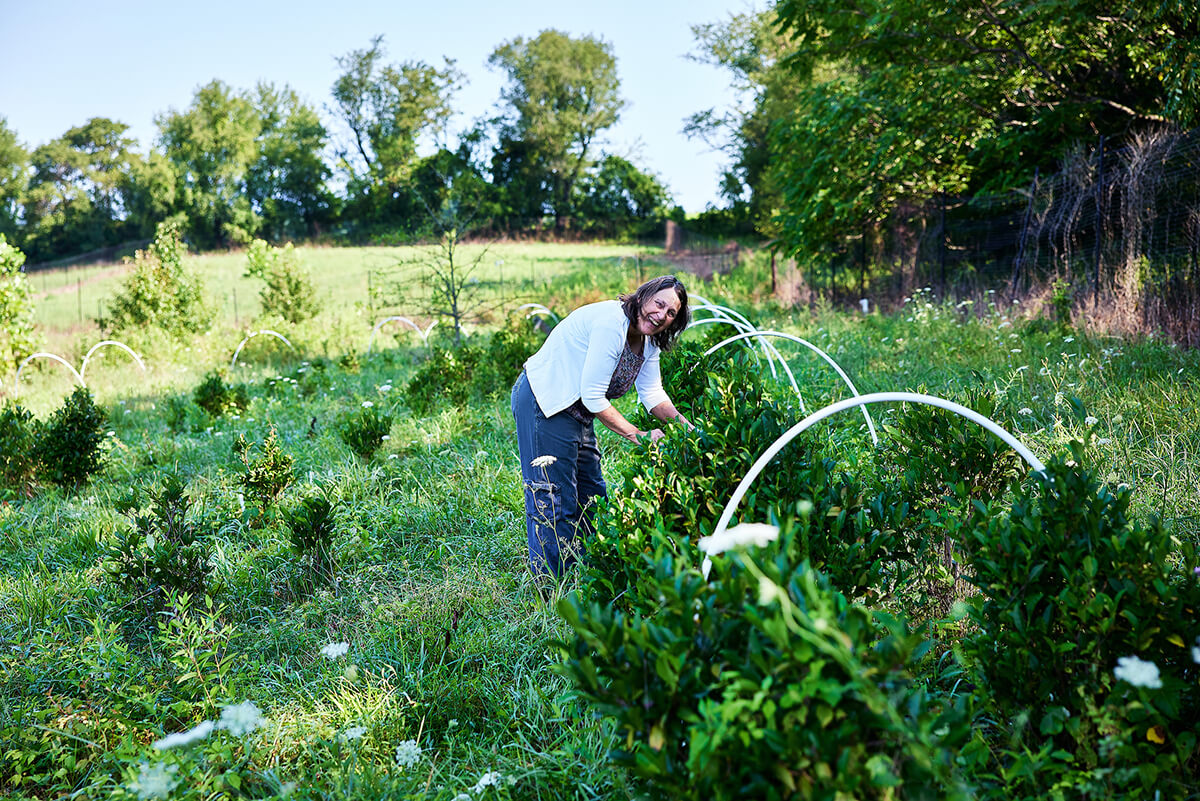
As they forged their new life together, they were also set on following their dream of growing tea, diving into research and searching for acreage. Since they were already based in western Howard County, Lori and Bob focused on that area, rushing to see a former dairy farm when it came on the market.
“It was one of the ones where you had to have vision,” Bob says with a chuckle, remembering the forlorn property. “A lot of people might have passed on it, but we knew it would work for us.”
They appreciated that the 44-acre property off Daisy Road wasn’t flat. “We wanted a little bit of topography,” Bob says. “It has a pond and part of it is wooded.” Lori believes that an old shack by the water, where they now store fishing tackle and kayaks, was a selling point for Bob. The boathouse and the half-acre shallow pond they have stocked with bass and bluegill have become a welcome refuge for the couple on the rare moments they escape from the farm’s demands.
Perhaps the most iconic structure they rehabbed is the silo, a tall, white beacon that beckons visitors as they maneuver the one-half mile, bumpy gravel driveway past a housing community with McMansions in the million-dollar-plus range and the five-acre plot where the couple’s tea plants are now surrounded by a deer-proof fence.
“It’s not really functional,” Bob says of the tower. “But, to us, it’s a cultural farm icon.” To Lori, the refurbished silo, which needed a roof, exterior repairs, and paint, represents a symbol of their labor. “The first time I saw it, my heart was bursting,” she says.
Choosing a name for the farm wasn’t so easy. They finally decided to piece together the parts of the property that attracted them to the place: the flocks of stately herons that linger by the pond and the surrounding meadows. Hence, the name Heron’s Meadow Farm.
But Lori and Bob’s odyssey was just beginning. They scoured the internet to find out what the requirements are for growing tea.
“The rest we learned, and are still learning, through trial and error,” Lori says.
They planted their initial crop of 40 Camelia sinesis plants in spring 2014, purchasing them from a North Carolina nursery. All tea—black, green, white, and oolong—comes from Camellia sinesis, a species of evergreen shrub. The color of the tea is determined during the processing. The longer the leaves are oxidized after they’ve been picked the darker they get.
Herb teas are different from Camellia sinesis teas, also called true teas, in that they are made up of a mix of leaves, roots, seeds, or the flowers of other plants. Heron’s Meadow also produces herbal teas. According to the Maryland Department of Agriculture, there are two other tea farms in the state besides Heron’s Meadow—Fox Haven Organic Farm in Jefferson near Frederick and Habanera Farm in Tyaskin on the Eastern Shore—but they grow only herbs and plants for herbal teas, not Camellia sinesis.
For the time being, Habanera Farm has slowed its operations, says Henriette den Ouden, an herbal consultant who owns the farm with her partner, Chris Himmel. Like Lori and Bob, they are facing difficult growing conditions. “We haven’t been able to produce enough due to manpower challenges and flooded land,” den Ouden says.
Lori and Bob grow their plants according to organic principles. They aren’t able to be certified organic because of possible pollution coming from the nearby housing development, Lori says. As the years go by, they are making progress on nurturing their seedlings through the cold months, constructing what they call a high tunnel, which is actually shaped like a Quonset hut.
“Our goal is to propagate the plants, so they thrive here,” Lori says. “Last year was the first year we were successful in wintering over plants.” Lori named the first plant to produce seeds “Lily.” Now, she’s tending to Lily’s children, plants that will spend the winter in the high tunnel and be planted in the field in the spring.
“It was huge,” she says. “It took blood, sweat, and tears to get there. I was crying in the field many days.”
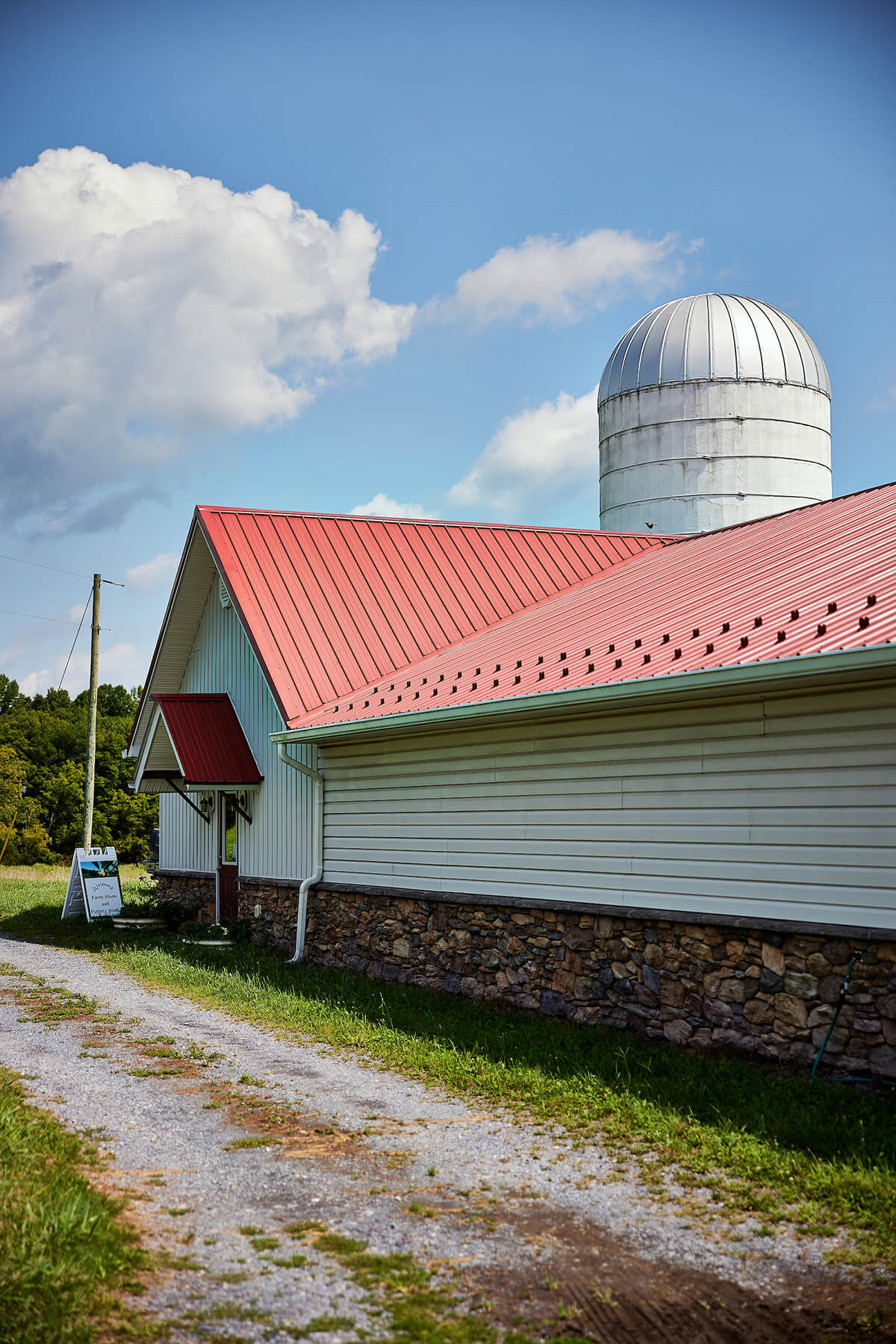
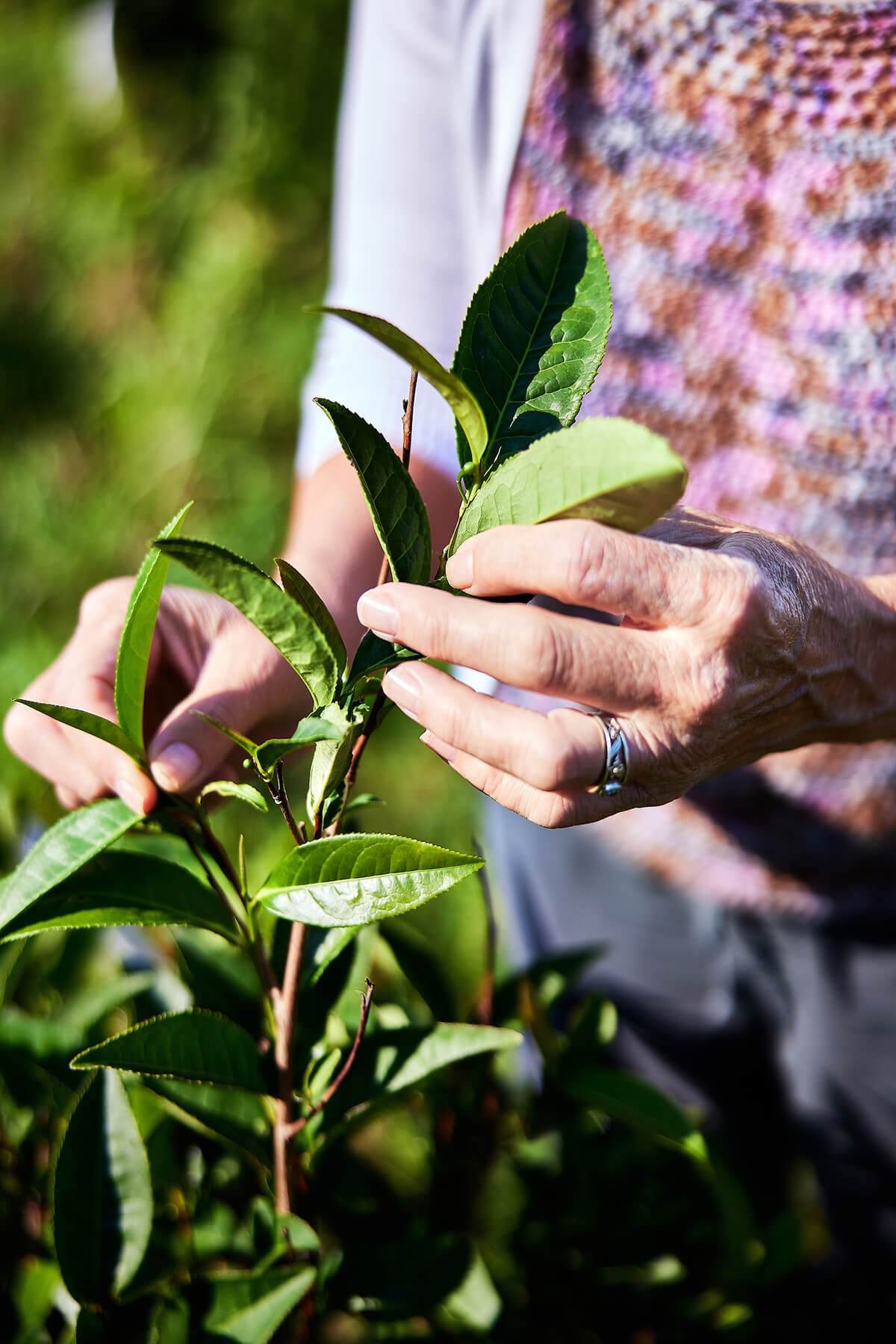
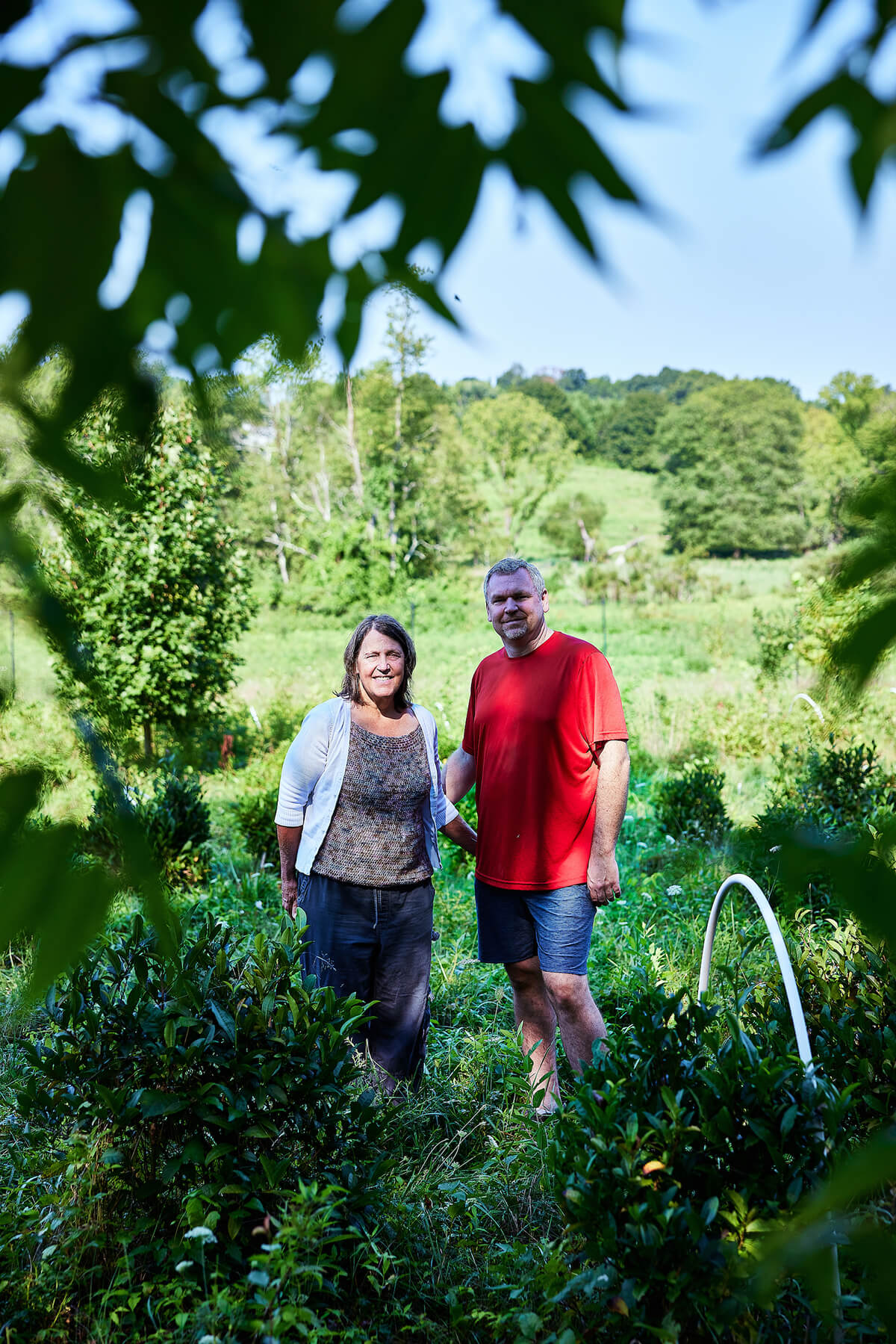
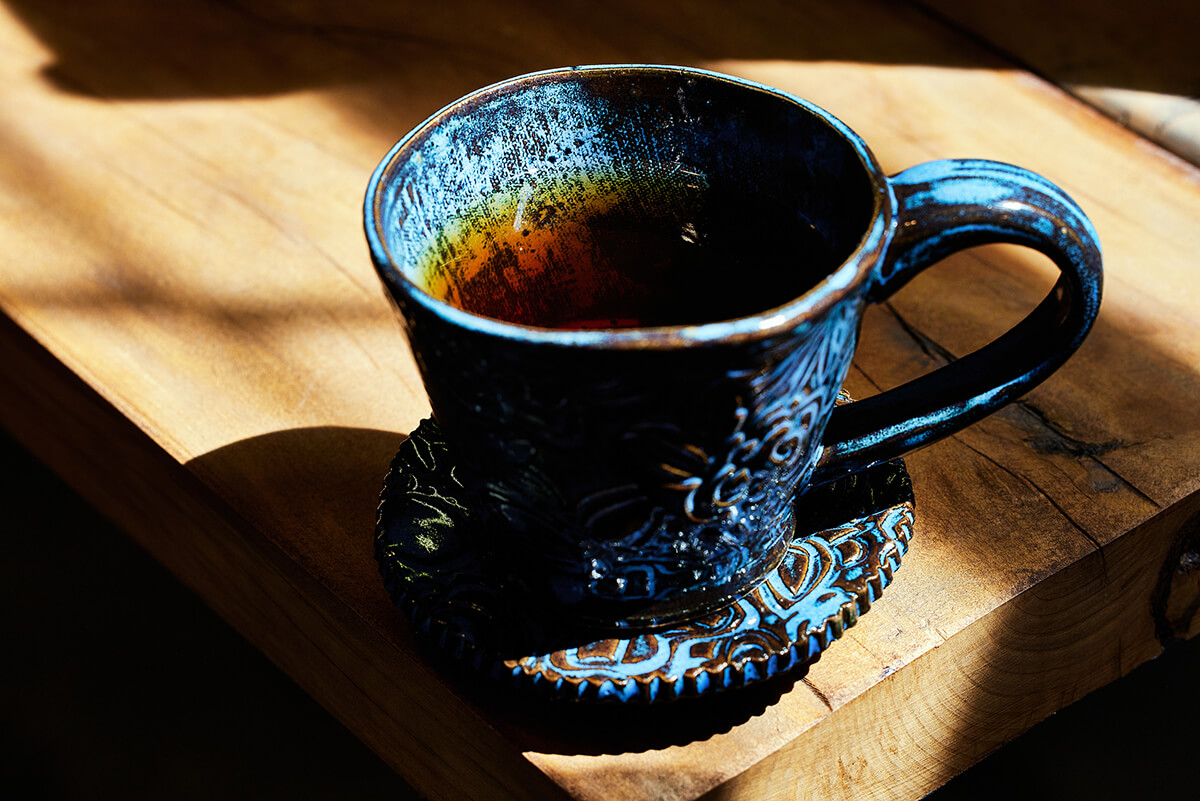
There are about 1.8 million tea growers around the world, says Nigel Melican, a tea technology consultant and president of the European Specialty Tea Association, who is based in Ireland but has worked with U.S. tea growers. The leading tea-producing countries include Argentina, China, India, Indonesia, Japan, and Taiwan, according to the Tea Association of the USA Inc. And while global production is more than 6 million tons annually, the U.S. trails behind, producing about 90 to 100 tons a year, Melican says.
He estimates there are about 80 to 90 tea farms spread across 17 states in the U.S., with half of the growers located in Hawaii. Farmers in states with temperate climates can be successful, he says, but the business isn’t “every entrepreneur’s cup of tea,” he cracks, adding there’s “no prospect of millions of dollars.”
That doesn’t deter Lori and Bob. At Heron’s Meadow Farm, they are a two-person team. “I want it to stay a small-farm boutique,” Lori says. “I don’t want to get too big. It’s why I left engineering and my own firm.” Together, the couple harvest the tea plants by hand in the summer, picking the new growth and collecting the fresh leaves in pouches. Then, the processing starts.
The various steps take several days, mostly happening in the couple’s home kitchen on the property. Black tea takes the longest time since it requires the most oxidation; green tea, the least, since the oxidation is stopped early to keep it green.
“I WANT IT TO STAY A SMALL-FARM BOUTIQUE. I DON’T WANT TO GET TOO BIG. IT’S WHY I LEFT ENGINEERING AND MY OWN FIRM.”
Along the way, for the green tea, Lori and Bob use a sous-vide process where they vacuum seal the harvested tea leaves in bags and heat them to stop the oxidation. They then hand roll the leaves in cheesecloth on the kitchen counter to enhance the flavor and dry them in the oven for a few hours.
After that, the fun really begins when Lori starts creating various blends before packaging the dried tea and selling it online and in their store, located steps from their farm-house. She has come up with dozens of combinations, including Southern HospitaliTea, a black tea with ginger, peach, and orange flavoring; Garden Oasis, a green tea with hibiscus and berries; and Fireside, an herbal tea with rooibos, vanilla, almond, and cinnamon.
In addition to those chores, Lori takes on the farm’s daily responsibilities, while Bob pitches in with maintenance and handling the heavy equipment after work and on his days off. He is also the farm’s hive master. “The bees are perfect for cross pollination,” when the tea plants flower in the fall, Lori explains. “It’s a symbiotic relationship.”
Bob enrolled in a beekeeping course to learn the basics and now has seven hives. He expects to harvest about 40 to 50 pounds of honey this year. “As a beekeeper, I try to be as hands-off as I can,” he says. “They’re bees. They know how to be bees.” Lori and Bob will bottle the honey and sell it in their farm store, where they also offer the teas and herbs they have grown under the name BLTeas and the stoneware pottery that Lori creates under the name MudPi Studios.
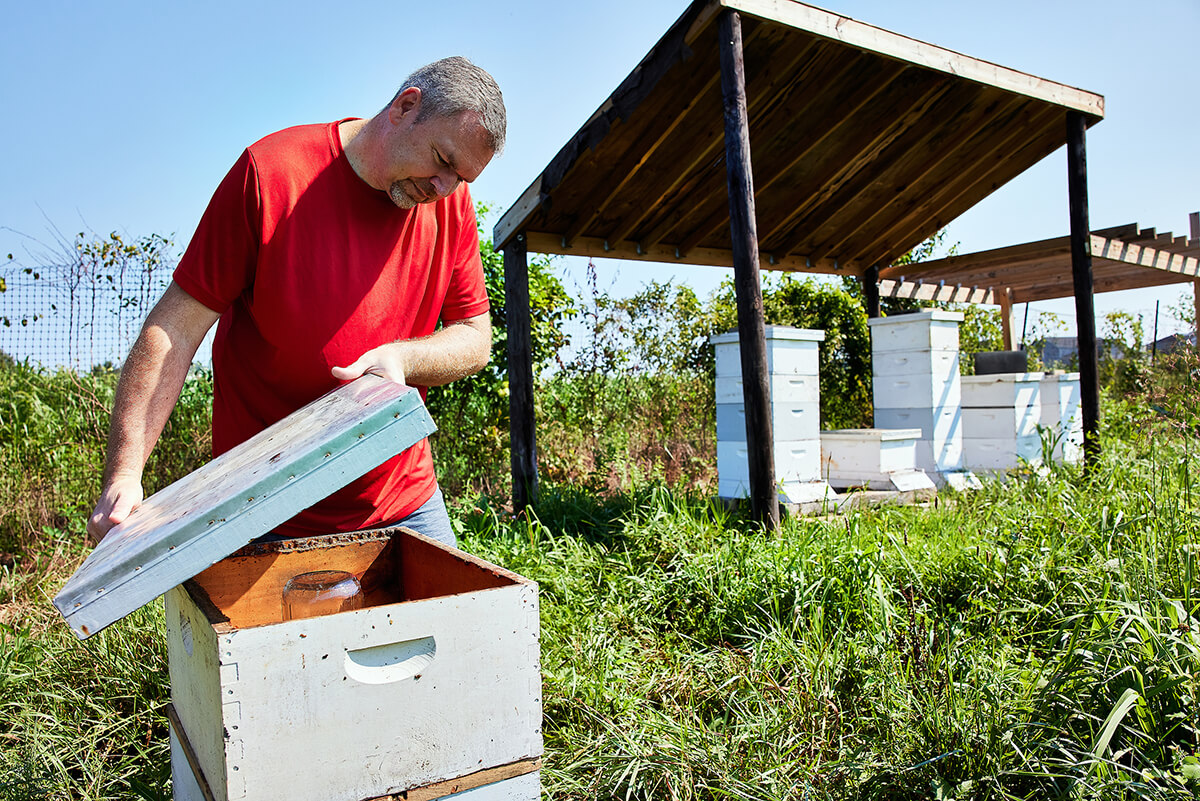
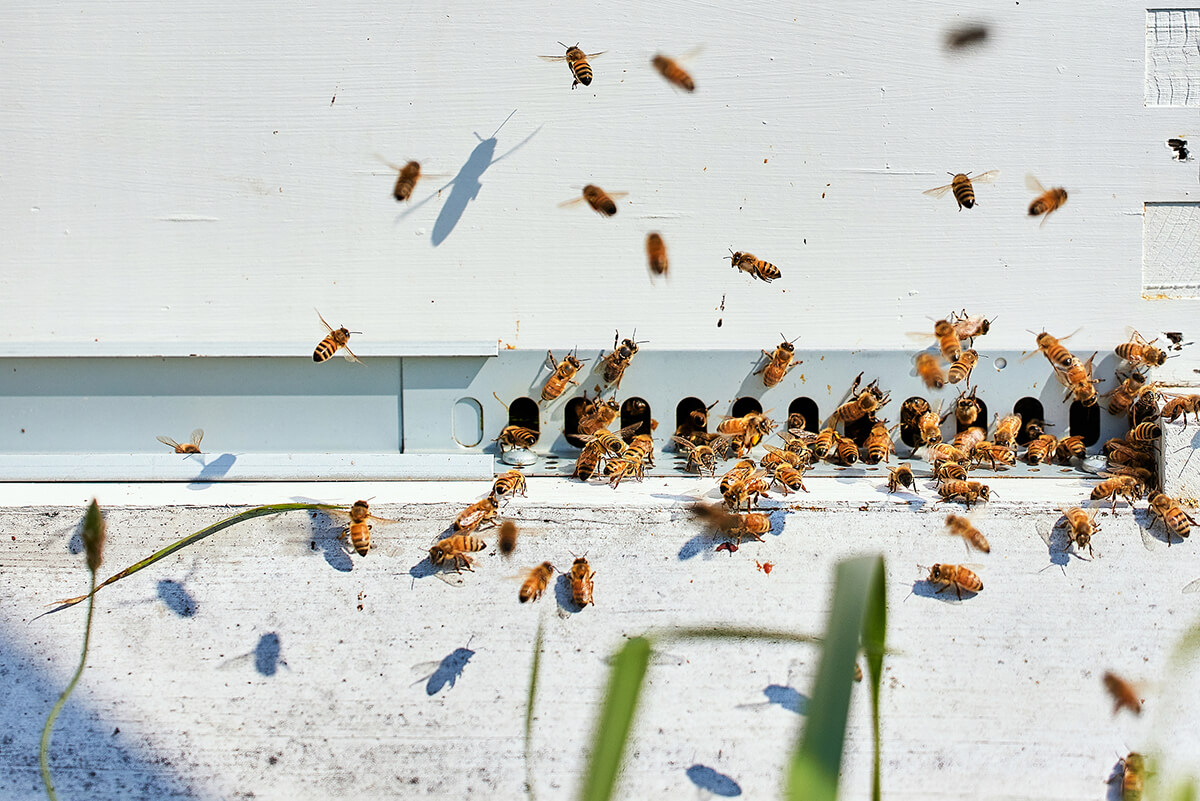
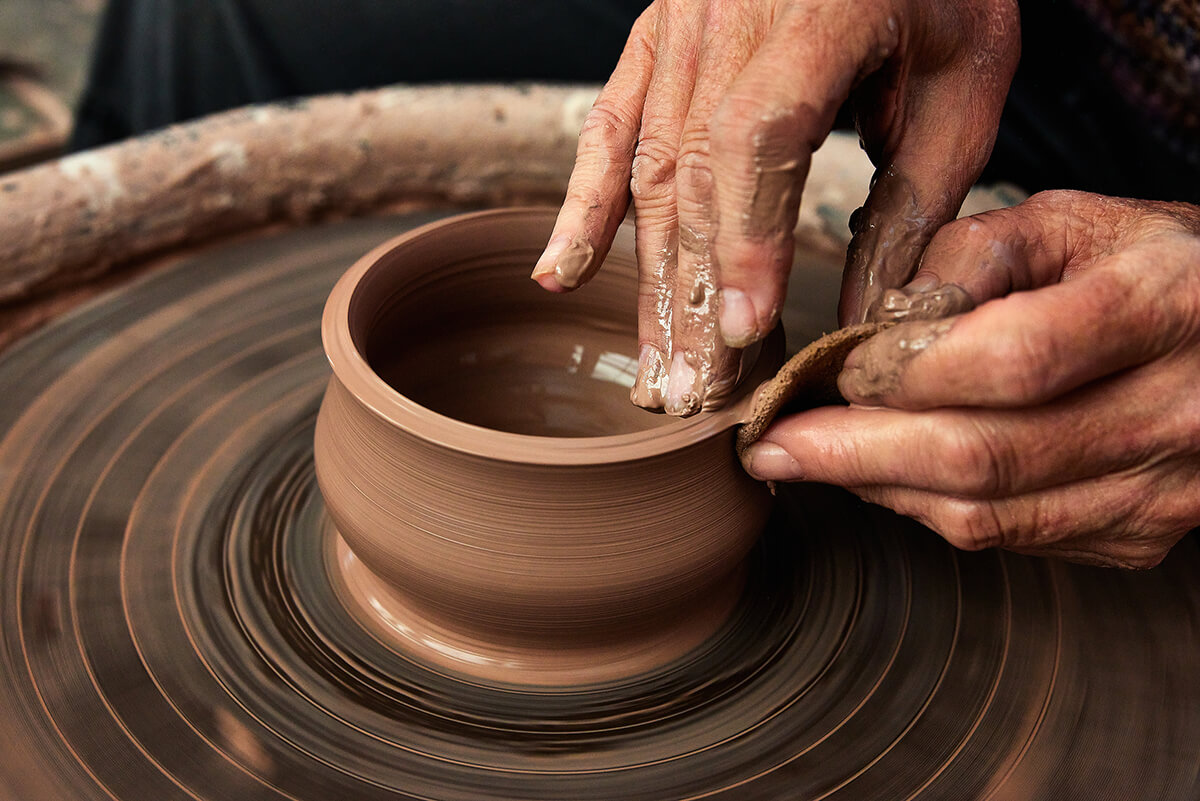
In a workroom connected to the store, Lori, who started making pottery as a hobby 20 years ago, turns out a range of pretty tea pots, mugs, bowls, plates, and cups in myriad shapes and sizes. She also uses the space for her tea-blending workshops, where customers can make their own tea mixes.
At a summer class with a floral theme, participants started their tea journey on the store’s covered porch as ceiling fans whirred gently and Lori poured several teas, including a blackberry jasmine green tea and a raspberry cream black tea, served hot, and a refreshing iced tea made with herbal rooi-bos hinting of grapefruit. Guests were also treated to scones made by the local Kate Pearl Tea Room.
“I didn’t know what to expect,” says Mary Kay Chester, a retired teacher who lives in Laurel. She and her daughter-in-law, Erin Chester of Columbia, were celebrating Erin’s upcoming birthday. “I was surprised that we got to taste what we did,” Mary Kay says. “Lori is a great instructor. She is so knowledgeable and willing to share information about the production.”
“AS A BEEKEEPER, I TRY TO BE AS HANDS-OFF AS I CAN. THEY’RE BEES. THEY KNOW HOW TO BE BEES.”
After savoring tea on the porch, the group moved indoors to create their own blends at a massive wood table in Lori’s studio. Each person picked a base of black or green tea or rooibos and then chose from numerous ingredients, like sour cherries, ginger, cinnamon, coconut, cloves, and raspberries, to fashion their own flavor profile before steep-ing the mix to sample.
“Everything was laid out perfectly,” Mary Kay says. “I admire all the work.” Erin agreed. “I would do it again,” she says. “I had never been to a tea farm. It was just beautiful driving up and sitting out on the porch and looking out at the farm.”
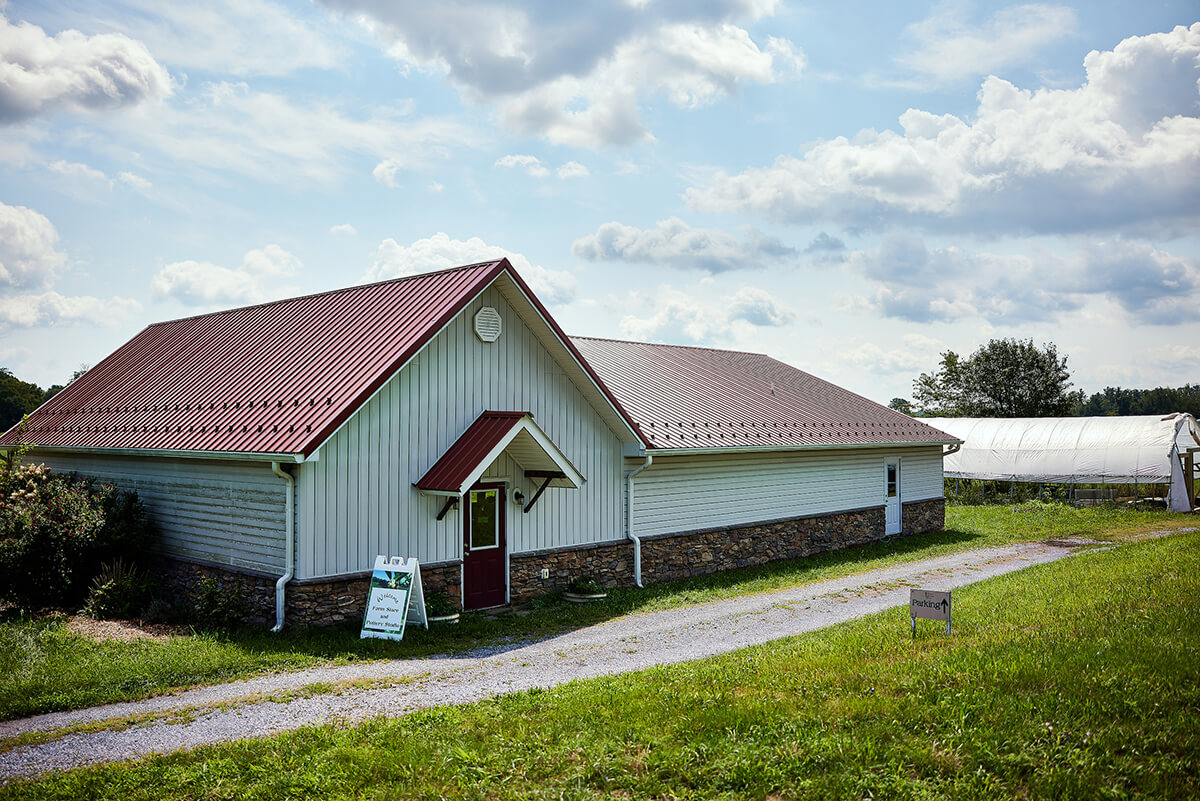
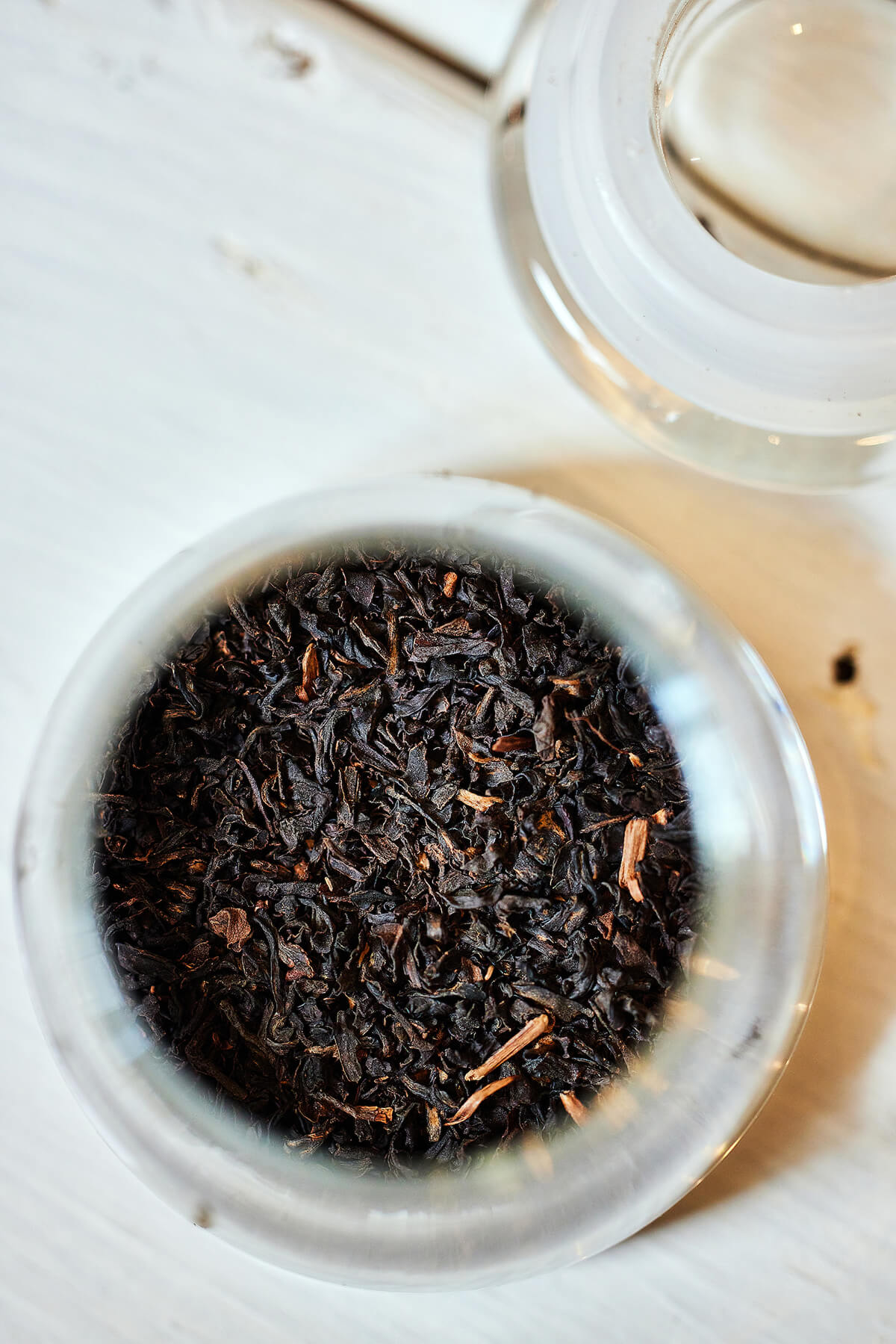
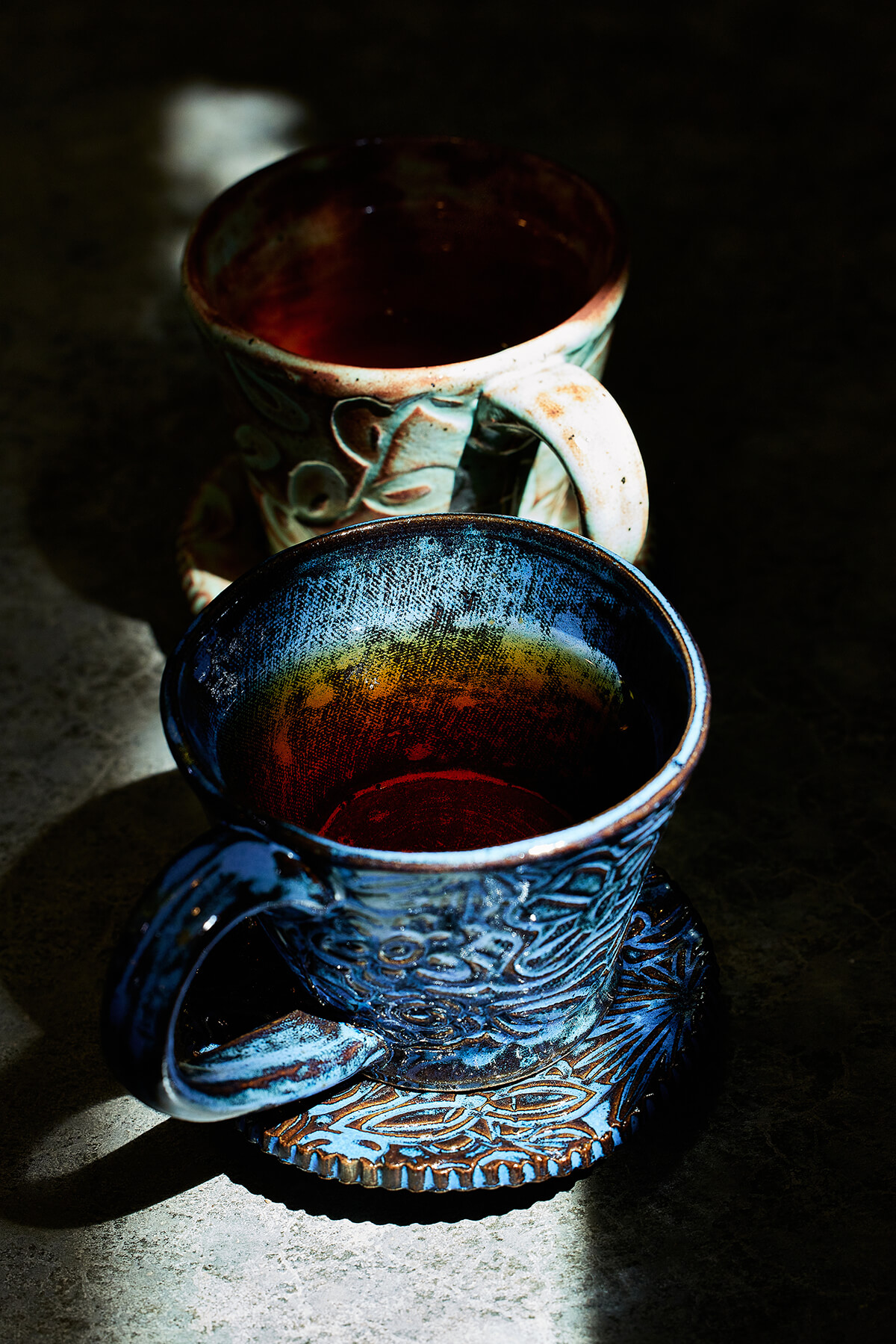
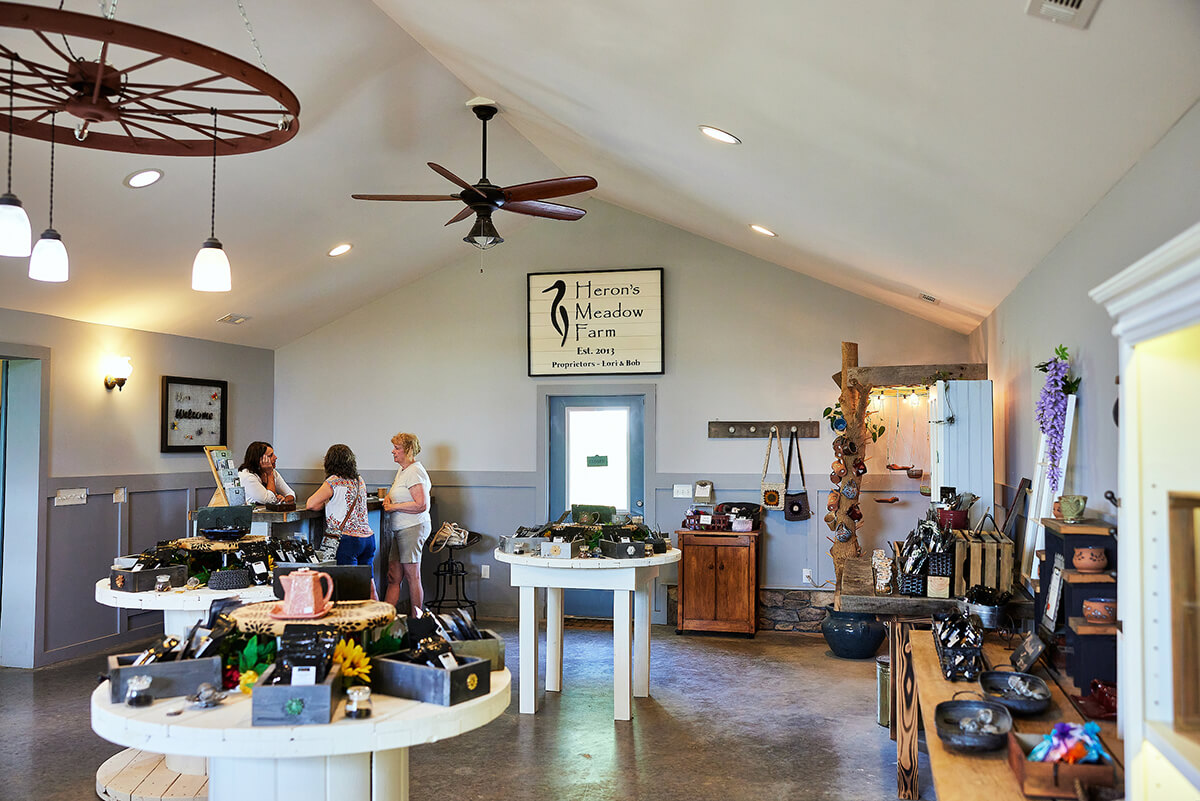
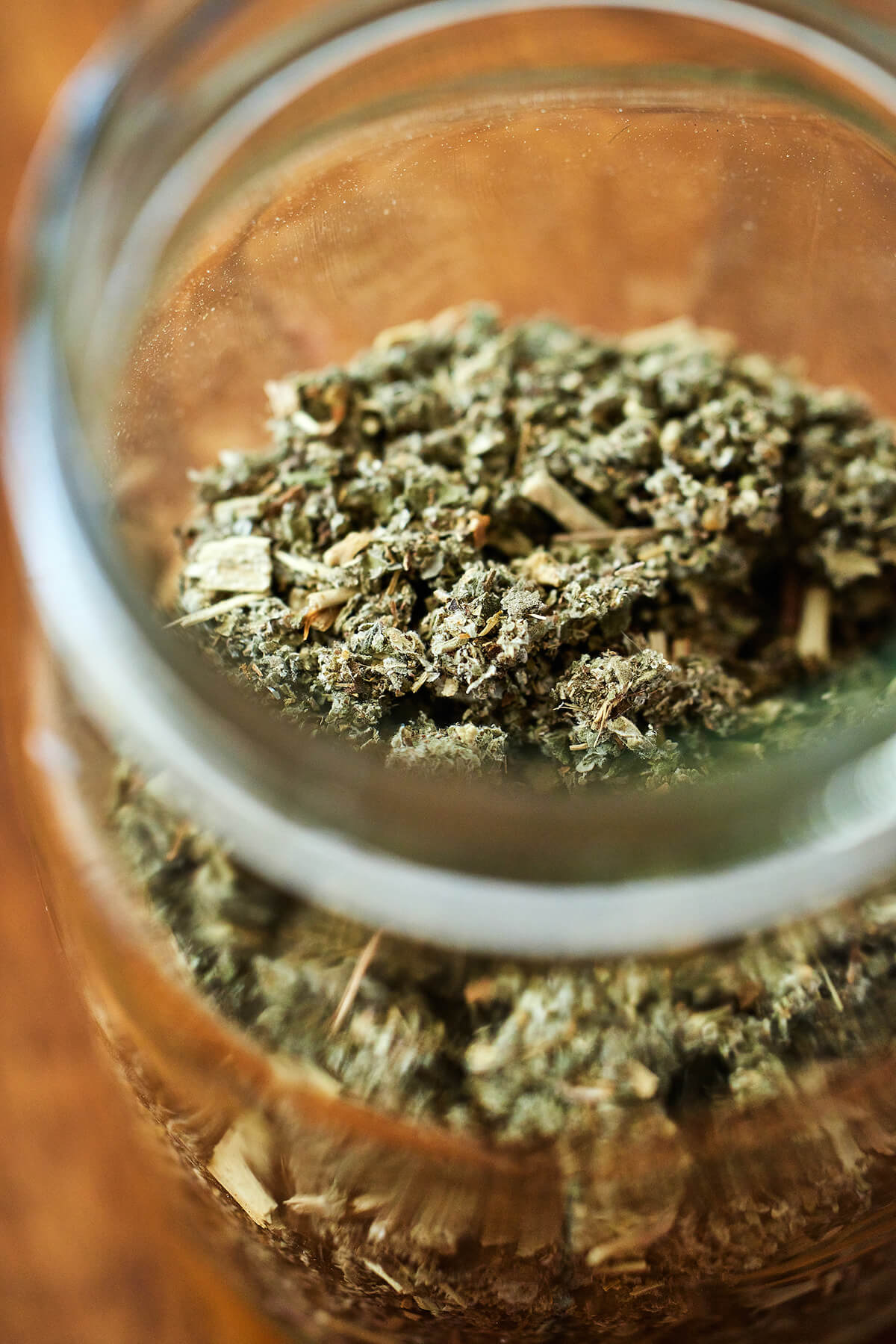
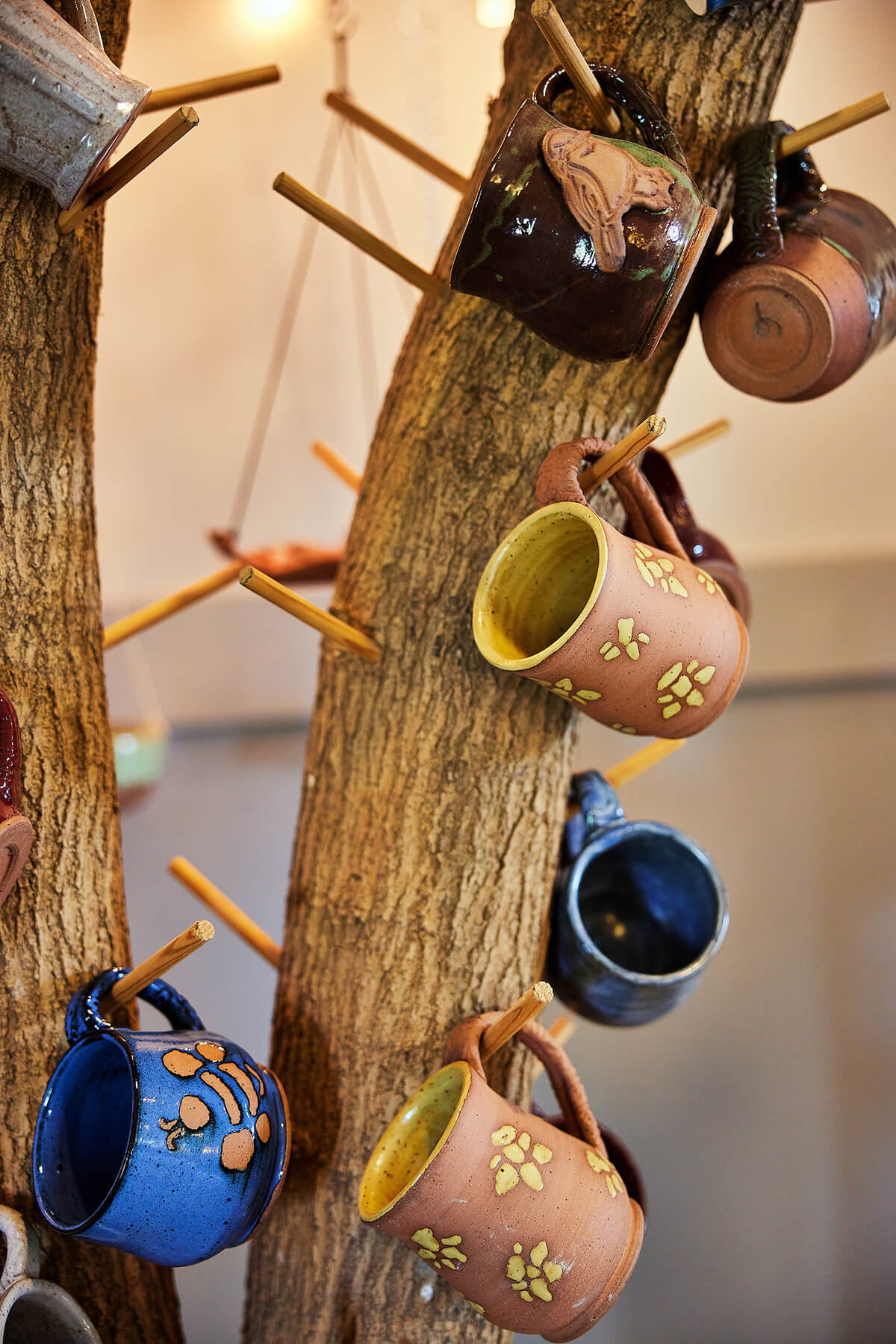
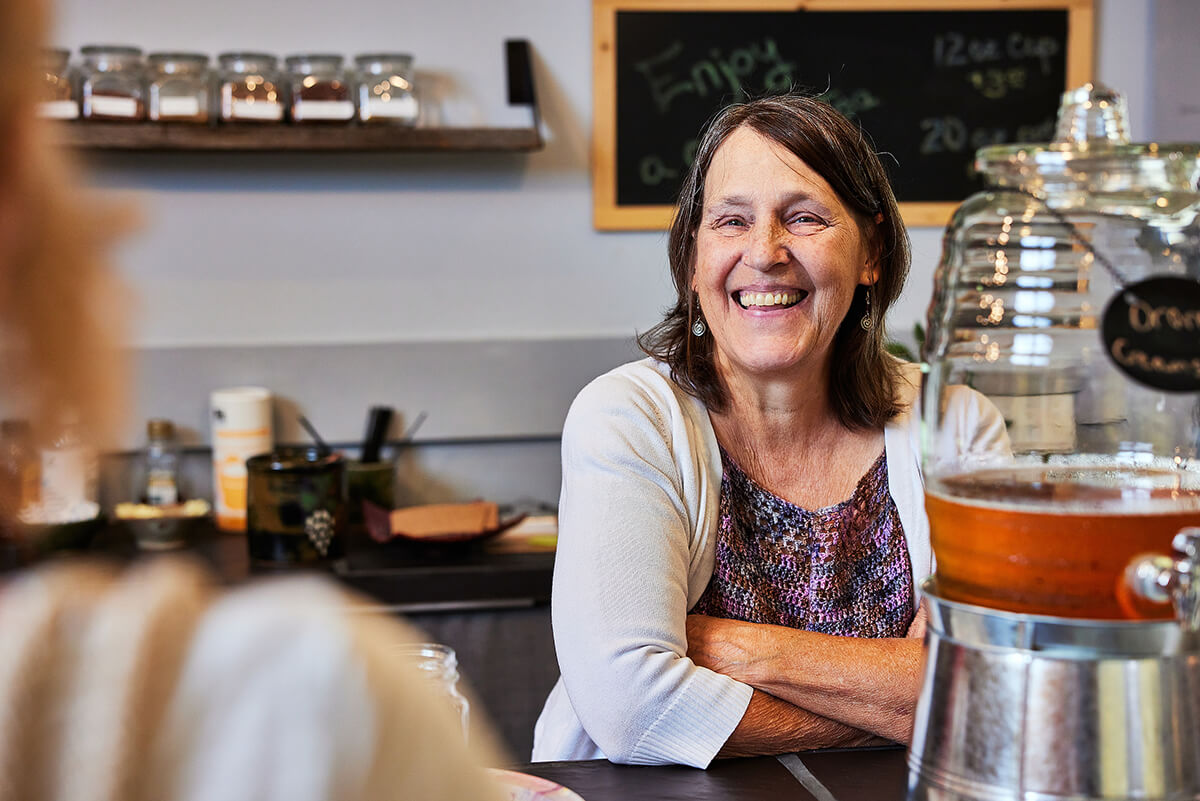
Lori also hosts yoga and sound bath meditation sessions on the veranda in season. “It brings in revenue,” Lori acknowledges. “But, fundamentally, without things like that people wouldn’t know about us, and it gives them a chance to enjoy the space.”
Krista Blackwell, 34, attended her third sound meditation at Heron’s Meadow in mid-August. “I love being in nature. It’s so relaxing,” says the dietitian, who lives in Mount Airy. “Lori and Bob are so welcoming.” Of course, tea was served afterward.
Lisa Despres, a sound healing practitioner who leads the open-air classes at the farm, set up her gong and singing bowls outside on a re-cent Sunday, inviting participants to lie down on whatever comfortable blanket or mat they brought and close their eyes.
“I love the outdoors because I’m able to notice how nature reacts to sounds.” she says. “There are certain points when I’m playing music that the sun will come out or the birds will start chirping. It’s just lovely how nature reacts to the sounds.”
Despres knows that Lori holds the events to create awareness of the farm, but “she also does it to help local and small businesspeople like me in a fun and different environment,” she says.
While Lori and Bob await a transplant date, they are busy preparing for the next several months. Lori, who has shed most of her initial water weight, continues with her farmwork, despite having good and bad days.
“Regardless of how I’m feeling, the farm seems to feed me and give me strength,” she says.
Bob, who will have to avoid heavy lifting for six weeks after surgery, is planning for when he can build a greenhouse on the farm, thinking he may be able to lay the foundation before the transplant. He has also planted nut trees like walnut and chestnut so they can sell nuts.
“We’re trying to figure it all out,” Bob says. “I want the farm to be a place we enjoy being and where other people come and enjoy our little slice of heaven.”